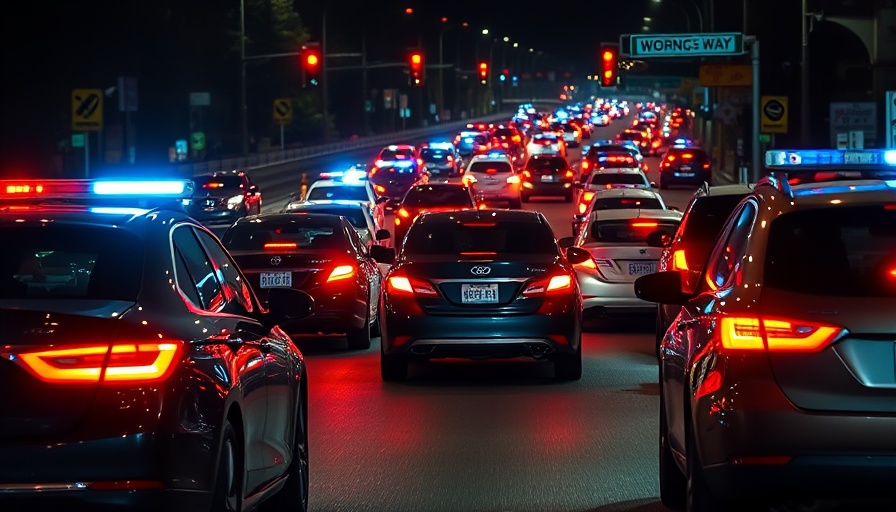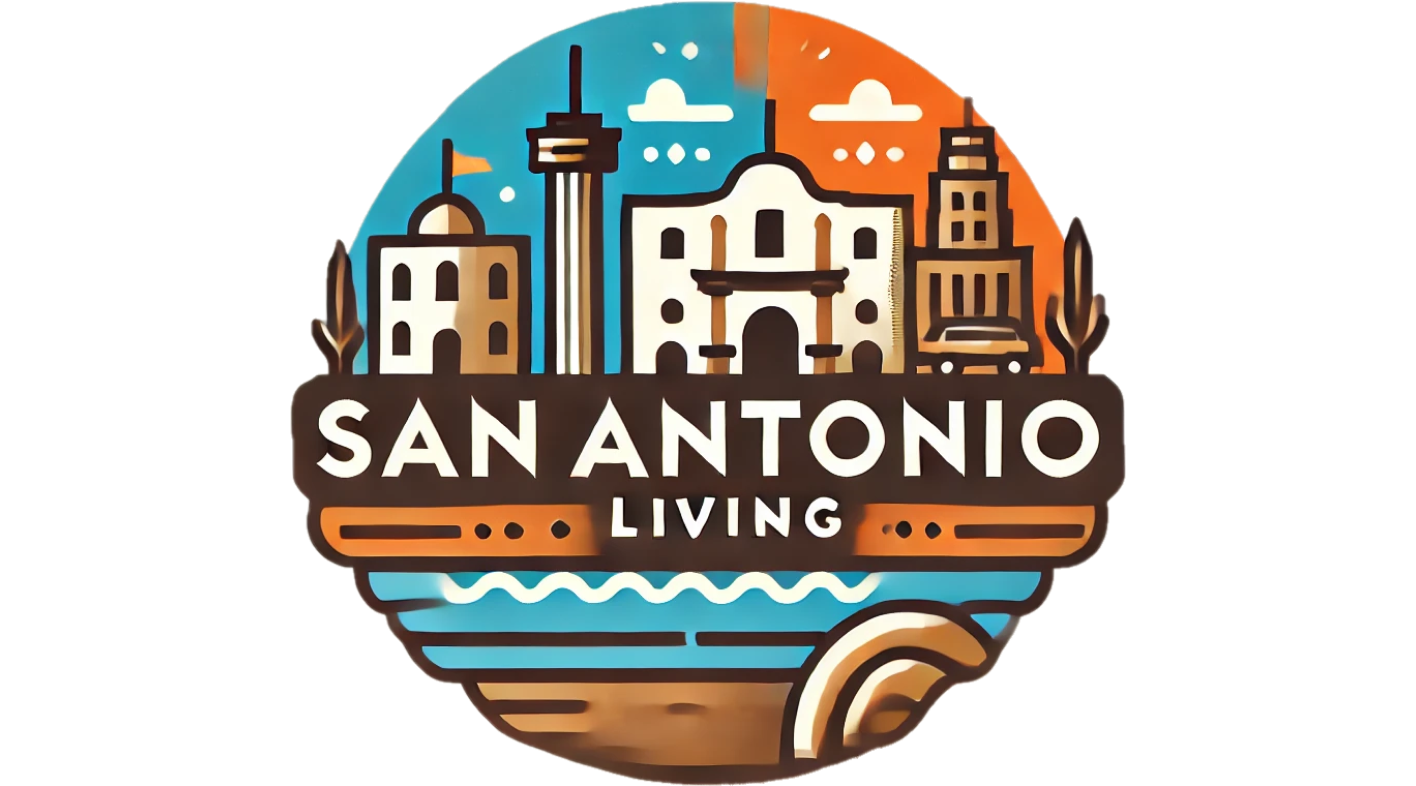
Understanding Road Rage: A Rising Concern
In Houston, a seemingly minor traffic disagreement spiraled into a violent road rage incident that left one man hospitalized.
On a Friday night, a manacing altercation unfolded on the entrance ramp to I-45 at North Main where a driver grew furious because the vehicle in front was not moving swiftly enough. This frustration culminated in him stepping out of his car and reportedly beating on the other driver’s vehicle, leading to a shocking escalation when the other driver fired a shot, injuring him. Houston police confirmed that the shooter is a licensed handgun holder, and he claimed self-defense in this extreme scenario.
Road Rage: A Dangerous Trend Across the U.S.
This incident reflects a troubling trend of road rage incidents across the country. According to the AAA Foundation for Traffic Safety, nearly 80% of drivers expressed significant anger behind the wheel at least once in the past year, leading to dangerous confrontations. The rise in contentious interactions on the road can be attributed to factors like aggressive driving behaviors and increased traffic congestion, especially in urban areas like Houston.
The Impact of Concealed Carry Laws
The shooter in the Houston case had a concealed handgun license, a detail that raises important questions about public safety and gun laws. Right now, more than 16 million Americans have licenses to carry concealed firearms, and while the intention may be personal protection, it opens a Pandora's box of risks in high-pressure situations like road rage. How does a society balance personal rights to carry firearms with public safety concerns, particularly when frustrations can flare in split seconds?
A Case Study: Escalating Violence
In Houston, another alarming incident occurred just weeks prior, where a string of shootings were allegedly linked to road rage. This involved several fatalities, showing how minor provocations can lead to tragic outcomes and forcing us to reckon with the escalation of violence in such scenarios. Investigators reported that the violence was not random but instead involved individuals connected to the gunman—adding layers of complexity to how we view road rage as both a general and context-specific behavior.
The Personal and Community Toll
Road rage incidents like these do not only affect the individuals involved; they ripple through the surrounding community. Witnesses often recall the shock and horror of witnessing violence, while families of victims face traumatic repercussions. In tighter-knit communities, the aftereffects may linger, with residents feeling less safe or more on edge when out on the roads. The emotional toll cannot be overlooked, as community leaders grapple with integrating public safety measures, particularly in cities experiencing these spikes in road rage incidents.
Practical Strategies to Mitigate Road Rage
As the trend of aggressive driving continues to be a pressing issue, it’s essential to look into strategies that individuals can adopt to avoid confrontation. Defensive driving courses, mindfulness techniques to keep calm behind the wheel, and encouraging community initiatives that promote safety can be proactive steps. Using public platforms to advocate for de-escalation resources and support for victims of road rage can foster communal approaches to what has become a significant issue.
A Call for Public Awareness and Action
The growing prevalence of road rage incidents presents a call to action. Engaging in discussions about safe driving, the ramifications of aggressive behaviors, and the consequences of carrying firearms in heated circumstances can collectively resound in public consciousness. If you have experiences or stories to share that highlight the challenges of maintaining peace while driving, consider reaching out to local news agencies or community groups interested in amplifying these discussions.
 Add Element
Add Element  Add Row
Add Row 



Write A Comment